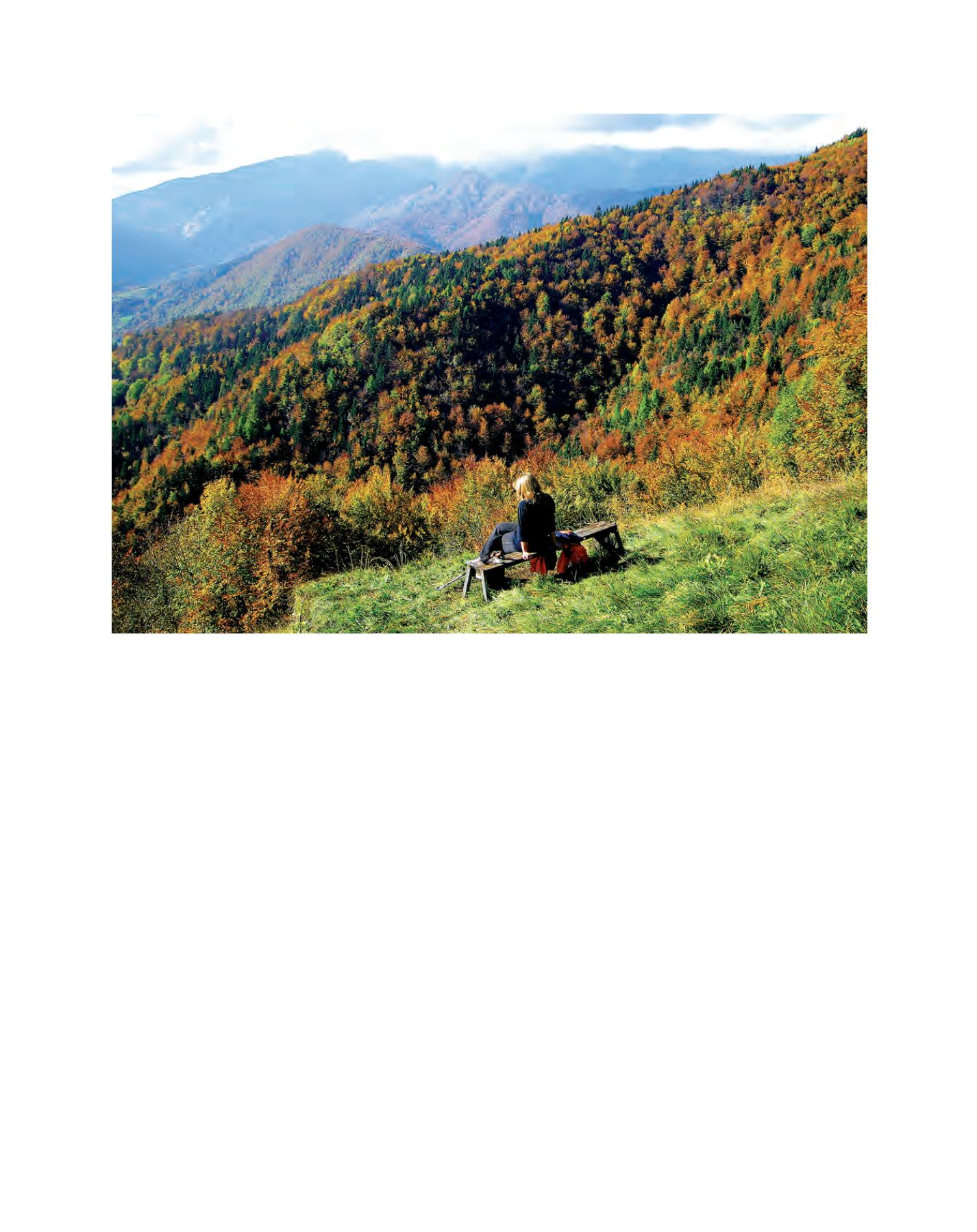

[
] 123
So far, the Slovenian Parliament has already adopted two NFPs,
in 1996 and in 2007. In both cases, the reference lines for discus-
sion with stakeholders have been the EU forest-related policy and
international commitments, especially the United Nations envi-
ronmental conventions UNFCCC and CBD, as well as non-legally
binding commitments of the UNFF and Forest Europe, in addition
to the analysis of the situation in the domestic forest sector. All the
sectors that are most relevant for creating forest policy, such as envi-
ronment, agriculture and rural development, wood-based industries
and tourism, collaborated actively with forest owners and forestry
education and research organizations. The result is a balanced set of
objectives and guidelines covering all aspects of sustainable, multi-
functional and close-to-nature forestry, including management of
forest-related wildlife. The guidelines have to be respected in forest
management plans.
Forest management plans for regional units, comprising around
100,000 hectares, and management units, comprising around 5,000
hectares, have been created for the whole country every ten years
since 1970 and for some management units continuously even since
the beginning of the 20th century. The main purpose of the plans is
to define optimal management of forests on the level of management
classes and compartments, including the setting of allowable cut and
forest protection and silviculture measures. The management classes
are formed on the basis of phytocenological maps and maps showing
the importance of forest functions, such as soil and water protec-
tion, biodiversity, recreation and tourism and education as well as
production of wood and non-wood forest products. The
decisions contained in the plans are based on data gath-
ered on the national grid of permanent sampling plots
on which mainly internationally agreed parameters are
measured. Forest monitoring thus represents just one
important element of the planning process.
Silviculture plans are created to implement measures
of the forest management plans on the stand level. They
are particularly important for the setting of site-adapted
guidelines and for ensuring the proper implementa-
tion of silvicultural activities, including rejuvenation,
tending and forest protection. Based on the plans and
after common selection of trees for felling, the Slovenian
Forest Service (SFS) issues administrative orders, which
have two functions: as licences to forest owners, which
are required before any harvesting takes place, and
requirements to carry out activities for regeneration,
protection and tending of young stands.
Together with the Slovenian Forestry Research
Institute, the SFS forms the public forestry service
which is financed from the national budget. It monitors
the state and development of forests and keeps records
and databases concerning forestry, draws up plans for
managing forest, cares for the protection of forests and
the building and maintenance of forest roads, provides
seedlings of tree species of suitable origin and quality,
Forested landscapes are widely visited for recreation
Image: Lado Kutnar
















